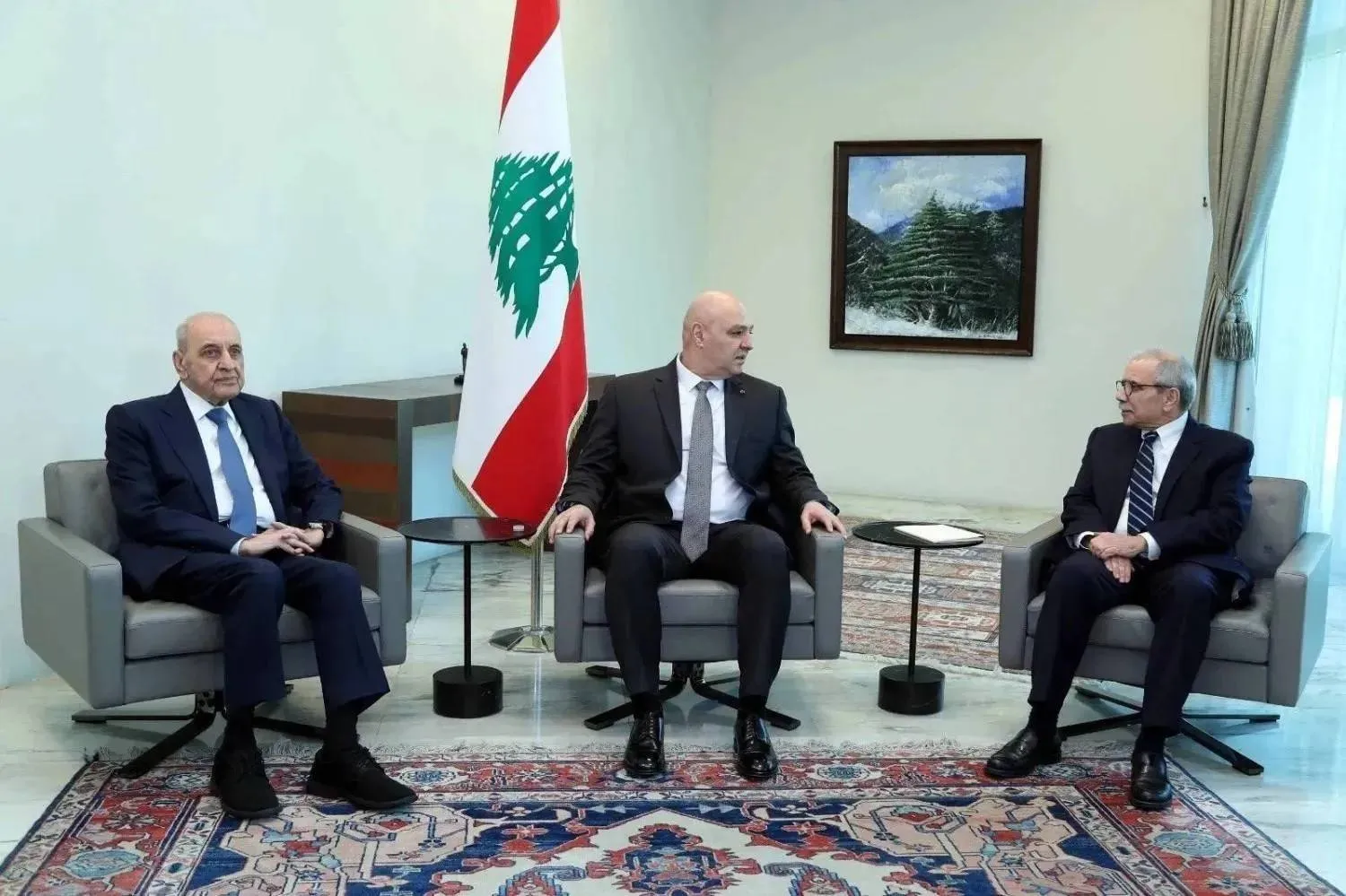The Syrian Observatory for Human Rights revealed that ISIS has made a “strong comeback” to the Syrian desert Badia, saying it has seized control of positions in the Hama region.
Over 30 regime fighters, allied militants and ISIS fighters have been killed.
It said that Russian warplanes continue to fly over the Badia, carrying intense strikes against ISIS positions in the Hama countryside.
The war monitor said ISIS carried out a strong offensive against positions held by the regime and allied militants, making advances in the Al-Shakusiyah and al-Rahjan areas. The regime has struggled to contain the attack even with Russian air cover. The fighter jets carried out over 130 strikes in the past 48 hours.
The Observatory said 19 regime forces and allied militants and 12 ISIS fighters were killed in the fighting. The toll is expected to rise.
It documented the killing of seven members of the regime-backed National Defense militia in clashes with ISIS in the al-Shoula region in western Deir Ezzor during a combing operation by the militia. The toll is also expected to rise.
Since March 2019, the Observatory has documented the killing of at least 1,177 regime soldiers and loyalists of Syrian and non-Syrian nationalities, including at least two Russians, and 145 Iranian-backed non-Syrian militiamen.
All were killed in attacks, bombings and ambushes by ISIS, west of the Euphrates River in the deserts of Deir Ezzor, Homs and Al-Suwaida.
Four civilians working in gas fields, 11 shepherds and four other people were killed by ISIS during the same period, while 633 terrorists were killed in various fighting and raids.









